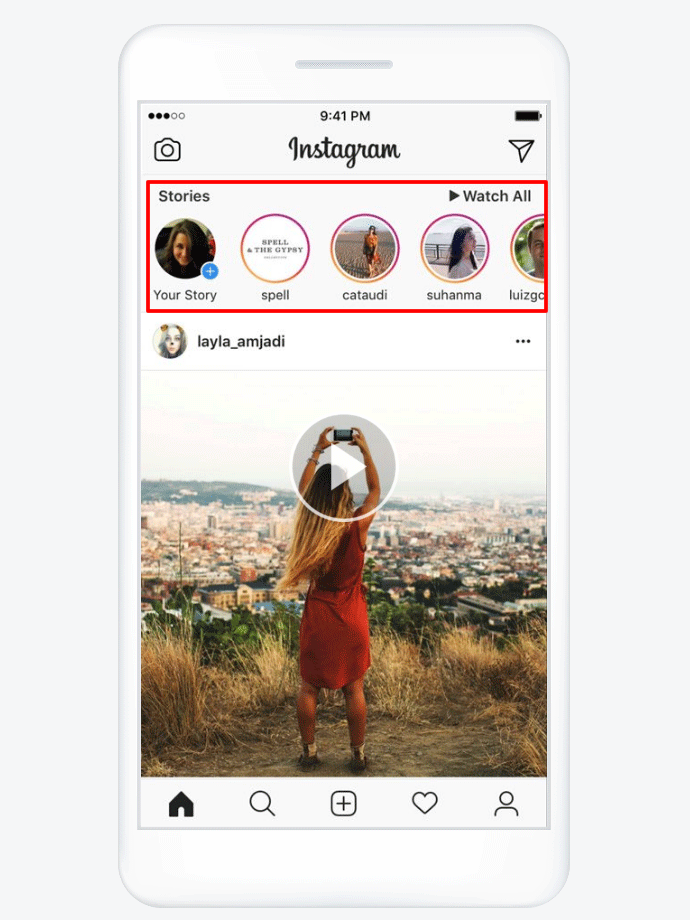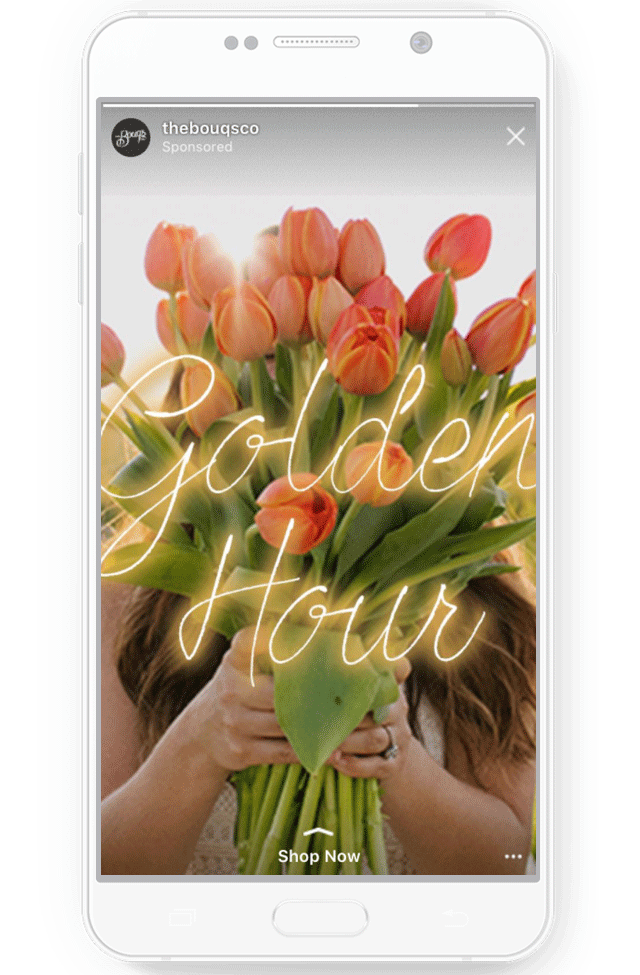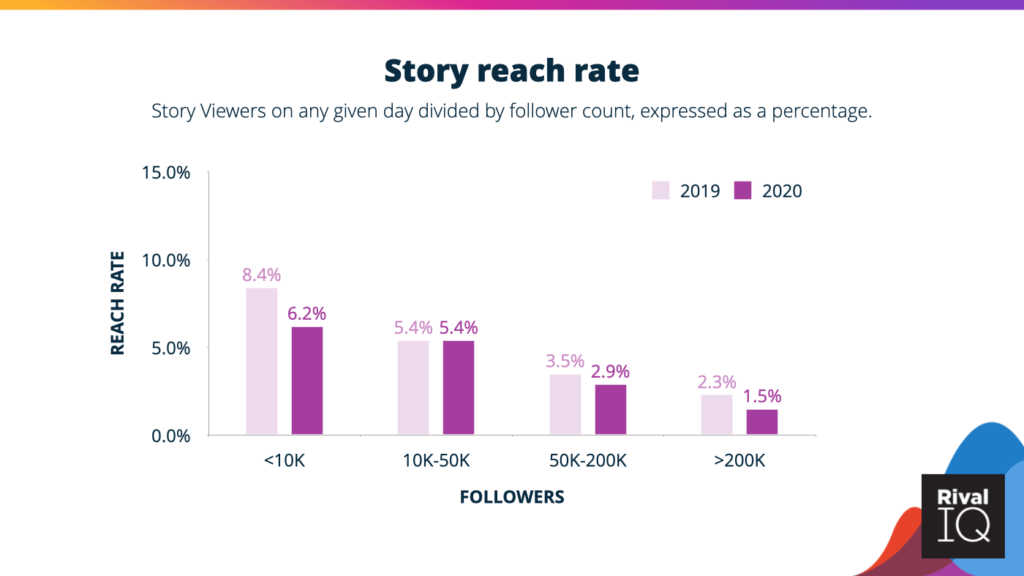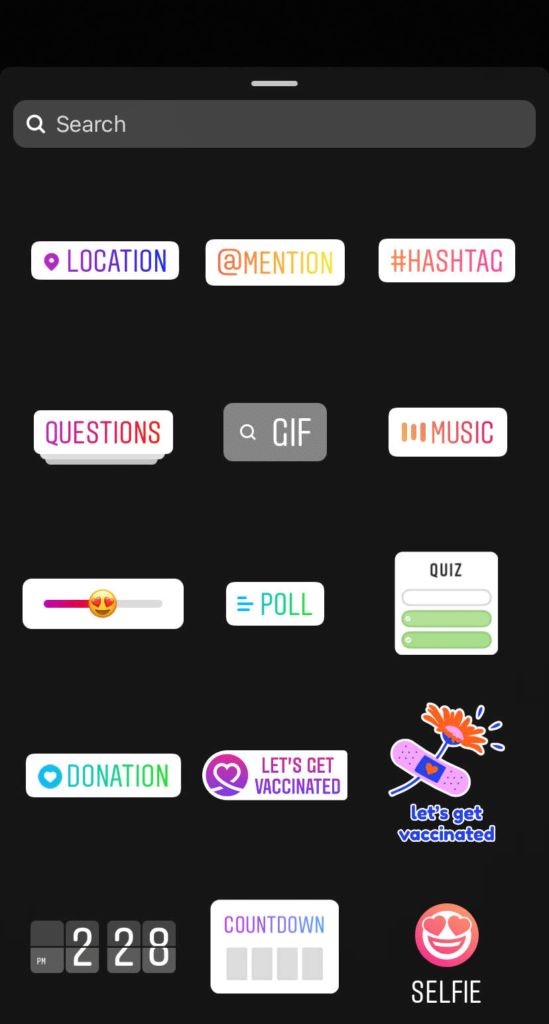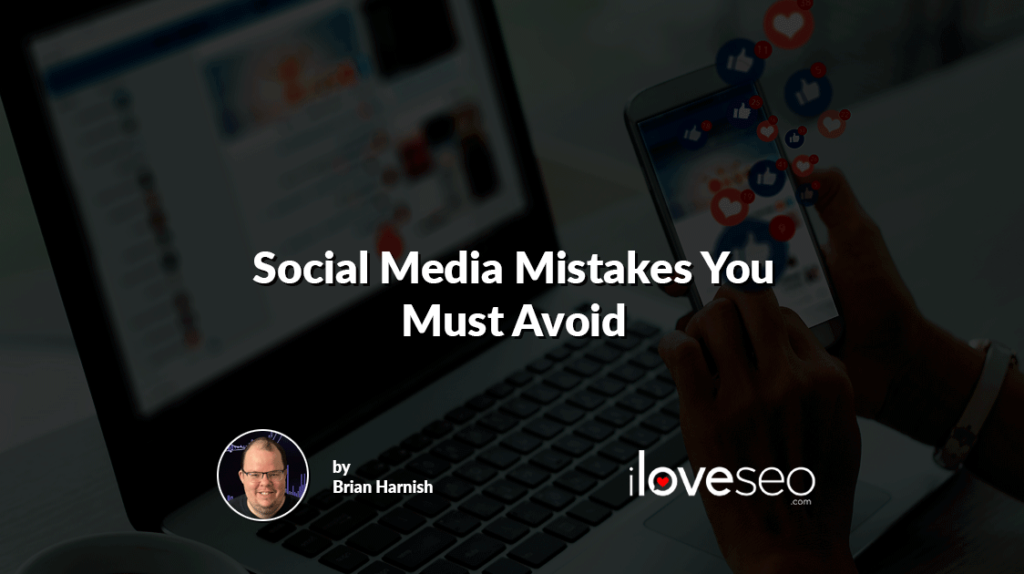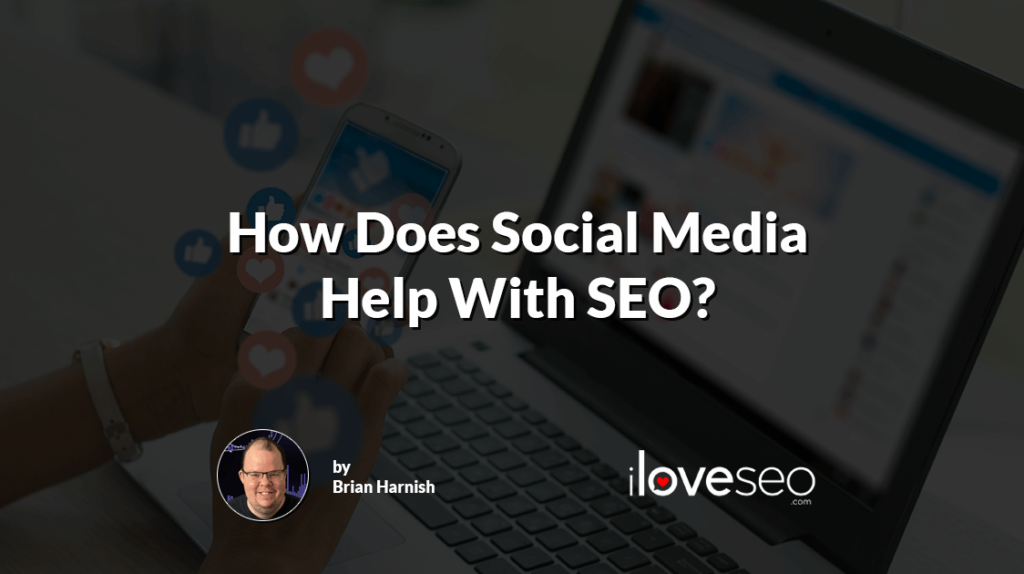Instagram is all about rapid-fire visual entertainment. Users simply flick their finger to scroll past photos, occasionally stopping only to read a caption, leave a like or quickly type a comment. That concept is taken to the extreme with Stories, a feature that allows users to post pictures and videos that automatically disappear after 24 hours.
What you might not realize is that if your entire Instagram marketing strategy is based on the platform’s standard, static posts, then you’re missing out in a major way. By leveraging the hyper-engaging power of Stories, you can connect with your audience, effectively advertise your products and generate brand awareness.
What Are Instagram Stories?
With IG Stories, users are able to post photos and videos that are automatically erased after one day. This encourages people to post more frequently and casually, since Stories’ ephemeral nature means there’s no pressure to create permanent content.
And while Instagram has been lauded for Stories’ success, the feature isn’t exactly original. After all, Instagram Stories are to Snapchat Stories what Oreo cookies are to their Hydrox counterparts: The latter may have come first, but the former is what most people know and use.
Immediately following its 2016 release, Instagram’s Stories feature was labeled a blatant ripoff of Snapchat Stories, which was already three years old at the time.
Rather than denying the accusations thrown their way, Instagram executives simply admitted the truth. In 2016, then-CEO Kevin Systrom told TechCrunch that Snapchat deserves all the credit. Then in 2017, the company’s VP of Product Kevin Weil said, “if we’re being honest with ourselves, this is the way the tech industry works.”
“Kudos to Snapchat for being the first to Stories,” Weil went on, “but it’s a format and it’s going to be adopted widely across a lot of different platforms.” (Turns out he was right—in November 2020, Twitter released its own version of Stories called Fleets.)
So what do Instagram Stories actually look like? In their current state, they’re prominently displayed at the top of the app’s home page. Facebook, Instagram’s parent company, has a page about Instagram shopping that provides a clear example:
Click on a story and you’ll see an image or video taking up your device’s entire screen, as seen on one of Instagram’s Stories-focused pages:
Stories can be as staged or as candid as the poster sees fit, and many users upload Stories to capture snapshots of everyday life they might otherwise deem unworthy of a permanent post.
As seen in the example above, Stories can also be sponsored, meaning that business accounts can pay to show their IG Stories to users who don’t already follow them.
Why Use Instagram Stories?
If your Instagram marketing strategy is primarily focused on posts, it’s high time you work on creating eye-catching Stories, too.
You don’t have to take our word for it, either. According to Instagram’s own data, 500 million accounts use Stories every day. Most importantly, users respond well to Stories (yep, even sponsored ones):
- 58 percent of users say they’ve become more interested in a brand or product after seeing it in Stories.
- 50 percent of users say they’ve visited a website to purchase a product or service after seeing it in Stories.
- 45 percent of users prefer Stories for learning about new trends.
This general acceptance of brands’ Stories explains why businesses that post the most Stories are also the most successful overall. In fact, a Rival IQ study found that the top 25 percent of brands publish Stories at least 16 times per month (about once every other day), while the bottom 25 percent of brands do so just six times per month (about once or twice per week):
But how effective are Stories at actually reaching followers? As shown in the same research from Rival IQ, reach rate is inversely proportional to follower count. More precisely, Stories from accounts with less than 10,000 followers had a reach rate of 6.2 percent in 2020. On the other hand, Stories from accounts with 200,000 followers or more had a reach rate of 1.5 percent in 2020:
This is good news for small to medium businesses, since the fewer followers you have, the more of them you’re likely to reach.
While standard Instagram posts have a higher reach rate (12–25 percent in 2020, according to the study), it’s likely that some users tap through Stories much more often than they scroll down their feed. So, Stories represent a golden opportunity to connect with followers you might not have otherwise.
If you’re wondering what kinds of concrete benefits brands have seen after investing in creating Stories ads, you’re in luck—Instagram has provided a robust collection of success stories. For instance, with the help of Stories ads:
- apparel brand Bombas achieved a 2.4x higher conversion rate;
- coffee company Chameleon Cold-Brew increased brand awareness by 3.3x; and
- tortilla chip brand Doritos raised overall sales by 1.71 percent.
The bottom line is that it’s worth your while to seriously consider creating content for Instagram Stories. By doing so, you may be able to increase your overall reach, boost brand awareness, raise conversion rates and even generate more sales.
How to Make Your IG Stories Drive Results
We’ve explored how Instagram Stories came to be and how they work, and we’ve also established their value for businesses. But it’s also important to recognize that the way you create Stories will affect their success.
In other words, it’s not enough to simply snap a picture of your product and call it a day—you also need to add thoughtful finishing touches in order to achieve the results you’re after. Here’s how.
Add a Custom Call to Action
When you add a link to an Instagram Story, Instagram will automatically add a native call to action (CTA). This takes the form of a subtle arrow at the bottom of the screen, accompanied by text like “See More.” Take this Story from Adidas for example:
This built-in CTA is handy, but augmenting it with a custom one can be even more effective. One analysis from AdParlor found that Stories including a custom CTA had a 65 percent lower cost-per-sale than those which only used Instagram’s native CTA. In this example, the Story on the left has a custom CTA while the one on the right does not:
So when you want users to follow your Stories’ links, be sure to add an additional CTA they won’t overlook.
Prioritize Video Content
If you’re up to date on content marketing trends, then you already know that video is on the rise. Eighty-five percent of U.S. users consume online video content, and Google itself has provided guidance on how to optimize videos.
So it comes as no surprise that in terms of Instagram Stories, videos significantly outperform still images. As explained in a 2020 report from Socialinsider, 52 percent of Stories are videos, but users are much less likely to tap forward on (i.e. skip) video Stories:
As the study points out, this could be interpreted as a sign that users find videos more engaging than images.
What’s more, video Stories also have lower average exit rates and generate more replies.
So be sure to prioritize video content whenever possible, and make sure to squeeze as much entertainment into each 15-second Story as you can.
Use Text Overlays
Minimalism may be in vogue, but when it comes to Instagram Stories less isn’t necessarily more. According to AdParlor’s research, the more visual interest you can add, the better, specifically in the form of text overlays.
A text overlay is exactly what it sounds like: Using Instagram’s native tools, you can superimpose text in all types of fonts and colors over your video or image Stories.
AdParlor found that text overlay usage greatly reduced brands’ expenditures, leading to a 47 percent lower cost-per-sale. You don’t have to add much text, either—in the following example, the Story on the left has a text overlay consisting of just three words, while the one on the right has none:
Even if you think your Stories speak for themselves, consider adding text overlays to clearly communicate your message and enjoy a lower cost-per-sale.
Take Sound Into Account
Instagram’s own internal data shows that an impressive 60 percent of Stories are viewed with sound turned on. So even if your Stories are in the form of a still image or don’t have any sound, it may be beneficial to add some background music.
You can do so with the help of Instagram’s built-in music sticker (more on stickers in a bit). Once you tap it, you’ll be able to search for specific songs or browse music by recommendation and genre. After you choose a song, it will show up in your story in the form of a sticker you can change, move and adjust as desired:
It only takes a few seconds to do, but adding music to your Instagram Stories can truly send them to the next level.
Make the Most of Stickers
The music sticker isn’t the only one you can use to give your Stories a little extra flair. As Instagram explains, you can use their selection of stickers to add a:
- location sticker, which users can tap to view the location’s page;
- mention sticker, which will link to another Instagram account;
- hashtag sticker, which users can tap to view the hashtag’s page;
- captions sticker, which will automatically transcribe your Story’s audio for those who are watching without sound or are hard of hearing;
- donation sticker, which will allow users to donate to the nonprofit of your choice;
- gif sticker, which will superimpose an animated gif onto your Story;
- poll or emoji slider sticker, which you can use to ask users any question you wish;
- questions sticker, which users can use to submit questions or songs depending on the option you choose;
- countdown sticker, which will count down in real time to any moment;
- quiz sticker, which you can use to create multiple choice quizzes with custom questions and answers; and
- current time or location sticker, which will display the time or location according to information provided by your device.
To access these stickers, simply tap the square smiley face icon you’ll see in the upper-right corner of your screen when posting a Story:
This will bring up a menu filled with every type of sticker you can use, along with a few additional ones Instagram has chosen to feature:
From there, simply tap the sticker of your choice and you’ll be well on your way to creating engaging, interactive Stories that users will love.
Master IG Stories to Master Instagram SEO
Standard posts are only a portion of the Instagram SEO game—until you start publishing Stories that capture users’ attention, you won’t be realizing the potential of your Instagram marketing strategy.
So while it may take some additional time and effort, it will be well worth your while to invest in creating high-quality and engaging Stories. While we can’t make any promises, we predict your conversion rates, sales and follower count will benefit as a result.
Image credits
Shutterstock / May 2021
Facebook / Accessed May 2021
Instagram / Accessed May 2021
Rival IQ / January 2021
Screenshots by Author / May 2021
AdParlor / July 2020
Socialinsider / October 2020

